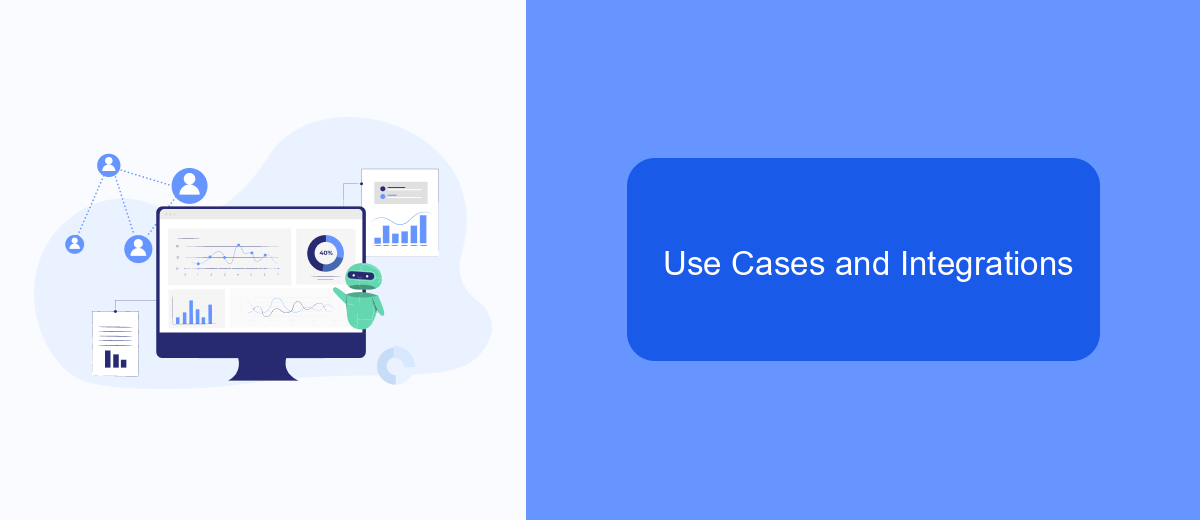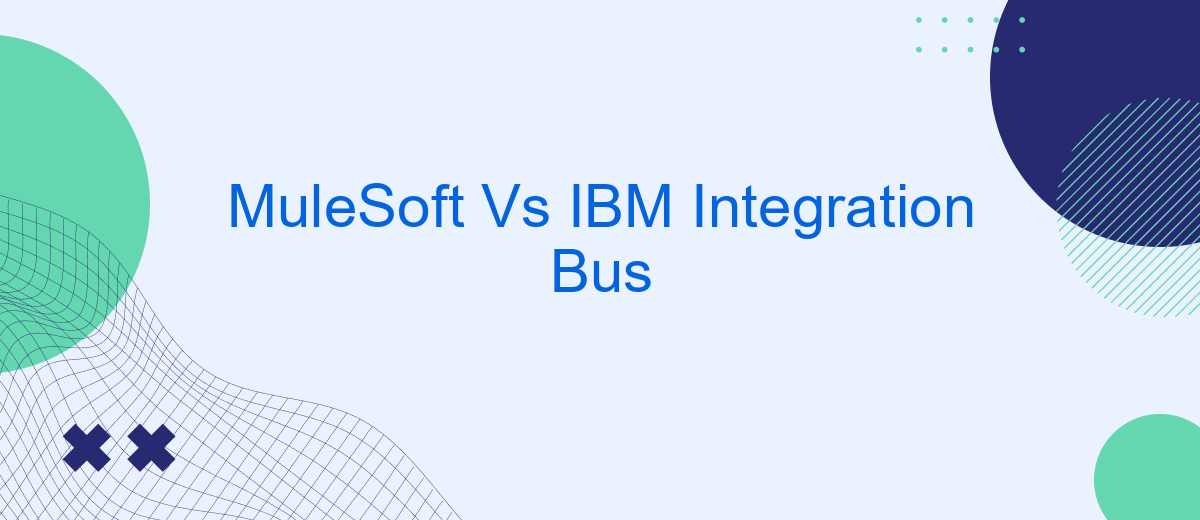In the rapidly evolving landscape of enterprise integration, choosing the right platform is crucial for seamless data flow and operational efficiency. This article delves into a comparative analysis of MuleSoft and IBM Integration Bus, two leading integration solutions. By examining their features, capabilities, and performance, we aim to provide insights that will help organizations make an informed decision tailored to their specific needs.
Introduction
In the rapidly evolving landscape of business technology, choosing the right integration platform is crucial for seamless operations. MuleSoft and IBM Integration Bus are two leading solutions that offer robust capabilities for integrating various systems, applications, and services. Both platforms aim to streamline business processes, enhance data flow, and improve overall efficiency. However, understanding their distinct features and benefits is essential for making an informed decision.
- MuleSoft provides a highly flexible, API-led approach to integration, enabling businesses to connect applications, data, and devices with ease.
- IBM Integration Bus, now known as IBM App Connect, offers comprehensive integration solutions with a focus on enterprise-scale deployments and complex workflows.
- SaveMyLeads is an additional service that can simplify the integration process by automating data transfer between various platforms, ensuring seamless connectivity and real-time updates.
This article will delve into a comparative analysis of MuleSoft and IBM Integration Bus, examining their key features, advantages, and potential use cases. By the end, you will have a clearer understanding of which platform may best suit your organization's integration needs.
Features and Functionality

MuleSoft offers a comprehensive suite of tools for API-led connectivity, enabling seamless integration across various systems and applications. Its Anypoint Platform provides a unified solution for designing, building, and managing APIs and integrations. MuleSoft's data transformation capabilities and pre-built connectors simplify the process of connecting disparate systems, making it a preferred choice for businesses looking to streamline their integration efforts.
IBM Integration Bus (IIB), now known as IBM App Connect, is a robust enterprise service bus (ESB) that supports a wide range of integration patterns and protocols. It excels in handling complex integration scenarios and offers extensive support for message routing, transformation, and enrichment. With its powerful tooling and comprehensive monitoring capabilities, IBM Integration Bus is well-suited for large enterprises with intricate integration needs. Both platforms offer unique strengths, and the choice between them often depends on specific business requirements and existing technology stacks.
Pricing and Licensing

When comparing MuleSoft and IBM Integration Bus in terms of pricing and licensing, it’s important to consider the different models each platform offers. MuleSoft operates on a subscription-based model, providing various tiers depending on the scale and needs of the business. IBM Integration Bus, on the other hand, generally follows a more traditional licensing model, where costs are typically based on the number of processors or cores used.
- MuleSoft: Subscription-based pricing with multiple tiers.
- IBM Integration Bus: Traditional licensing based on processors/cores.
- Additional costs: Both platforms may incur additional costs for add-ons and premium support.
For businesses looking to streamline their integration processes without the complexity of traditional licensing, services like SaveMyLeads can be a valuable addition. SaveMyLeads offers a straightforward subscription model, making it easier for companies to manage their integration needs efficiently. Ultimately, the choice between MuleSoft and IBM Integration Bus will depend on your business's specific requirements and budget.
Use Cases and Integrations

MuleSoft and IBM Integration Bus are powerful tools designed to streamline and simplify complex integration processes. MuleSoft is renowned for its flexibility and the ability to connect a wide range of applications, data sources, and APIs. IBM Integration Bus, on the other hand, excels in providing robust enterprise-level integration solutions with a strong emphasis on security and reliability.
Both platforms are used extensively across various industries to facilitate seamless data flow and process automation. From e-commerce platforms to financial institutions, these tools help organizations enhance their operational efficiency and improve customer experiences.
- Connecting cloud-based applications with on-premise systems.
- Automating business processes and workflows.
- Integrating disparate data sources for comprehensive analytics.
- Enabling real-time data synchronization between different platforms.
For businesses looking to simplify their integration efforts, services like SaveMyLeads can be extremely beneficial. SaveMyLeads offers a user-friendly interface to automate lead data transfer from various sources, ensuring that critical information is always up-to-date and easily accessible. By leveraging such services, organizations can further streamline their operations and focus on strategic growth.
Comparison Table and Conclusion
Below is a comparison table highlighting the key differences between MuleSoft and IBM Integration Bus:
| Feature | MuleSoft | IBM Integration Bus |
|---|---|---|
| Ease of Use | User-friendly, drag-and-drop interface | Requires more technical expertise |
| Scalability | Highly scalable with cloud-native architecture | Scalable, but more complex setup |
| Integration Capabilities | Wide range of connectors and APIs | Strong integration with IBM products |
| Cost | Subscription-based, varies by usage | Higher initial investment |
In conclusion, both MuleSoft and IBM Integration Bus offer robust integration solutions with their own strengths and weaknesses. MuleSoft stands out for its user-friendly interface and scalability, making it suitable for a wide range of businesses. On the other hand, IBM Integration Bus excels in complex, enterprise-level integrations, especially within IBM ecosystems. For those looking to simplify the integration process, services like SaveMyLeads can offer additional support in automating and managing integrations efficiently.
FAQ
What are the primary differences between MuleSoft and IBM Integration Bus?
Which tool is better for cloud integration?
How does the cost of MuleSoft compare to IBM Integration Bus?
What kind of support and community resources are available for each platform?
Can I use third-party services for automation and integration setup with these platforms?
SaveMyLeads is a simple and effective service that will help you automate routine tasks and optimize business processes. Stop wasting time uploading leads from Facebook manually – you can do it automatically, saving a lot of time and money. Eliminate routine from workflows and achieve more with minimal investment of money, effort and human resources.
